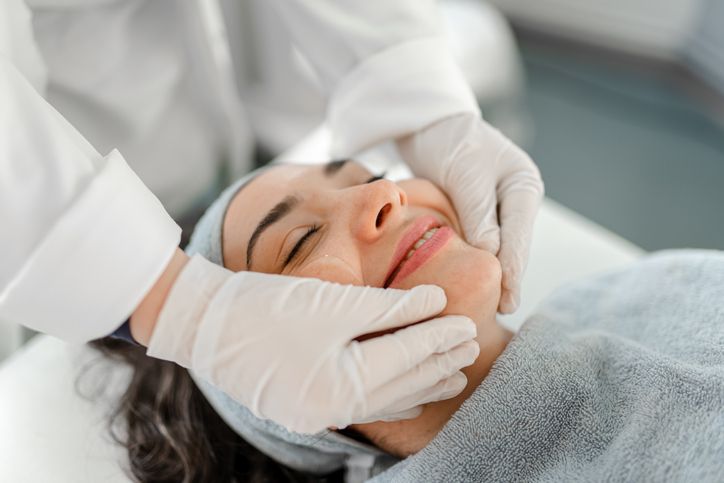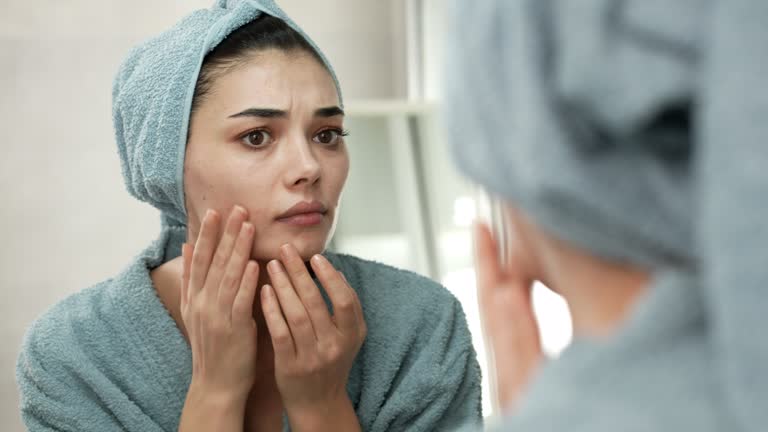Facial Folliculitis Signs: An In-Depth Guide for Beauticians
As a beautician, you are on the frontline of identifying and treating skin conditions for your clients. One such condition is facial folliculitis, which can often be mistaken for acne or other skin issues. Recognizing the signs of facial folliculitis early can help in providing effective treatments and advice to clients.
Facial folliculitis occurs when hair follicles on the face become inflamed, often due to infection, irritation, or damage. This condition is common yet frequently overlooked. Understanding the symptoms of facial folliculitis is crucial for proper skin care. According to the ScienceDirect, it is fundamental for professionals to be aware of symptoms such as bumps, itchiness, and redness.

What Are the Key Facial Folliculitis Signs?
Folliculitis presents with distinct signs that, with keen eyes, you as a beautician can identify. These include:
Red or White Bumps
The initial indicator of facial folliculitis often manifests as small, red or white pimples around hair follicles. These bumps may resemble acne, making it important to differentiate between the two conditions. The Livana Natural Guide provides a useful comparison.
Itchiness and Tenderness
Clients might report itchiness or tenderness on affected areas. This is due to the inflammation of the hair follicles. Such symptoms often lead clients to touch or scratch their face, potentially worsening the condition. At Mayo Clinic, the importance of proper identification is emphasized for treatment.
Pus-Filled Blisters
More advanced cases of folliculitis can develop into pus-filled blisters. These are indicative of a bacterial infection and might require antibiotic treatment. Guidance on this can be found through the Livana blog.
Crusts and Scabs
As folliculitis heals, scabs or crusts can form over the inflamed area. While this process is a natural part of healing, caution is advised to avoid secondary infections.
How Can Beauticians Help Treat Facial Folliculitis?
Addressing folliculitis involves both preventative measures and treatments. Heres how you can help:
Maintain Cleanliness
Advising clients to keep their faces clean is imperative. Recommend using mild, non-comedogenic cleansers, which prevent further irritation.
Recommend Non-Irritating Products
Products that are too harsh can exacerbate folliculitis. Helping clients choose gentle skin-care products can significantly reduce flare-ups.
Preventative Advice for Clients
Preventing facial folliculitis can often be achieved through proper skincare routines. Emphasizing the importance of changing bedding frequently, avoiding tight clothing around the face, and maintaining a balanced diet can aid in prevention. For more strategies, consider reviewing the Livana Skin Care Recommendations.
Who Should Clients See for Persistent Issues?
If the condition does not improve with standard treatments, referring clients to a dermatologist is advised. Early intervention can prevent the condition from becoming severe, as detailed at the NCBI.

FAQs on Facial Folliculitis Signs
What is the difference between acne and folliculitis?
Although they appear similar, folliculitis is an inflamed hair follicle, whereas acne involves clogged pores.
Can over-the-counter products treat folliculitis?
Mild cases can be managed with OTC cleansers and topical antibiotics, but persistent cases require professional medical advice.
How long does it take for facial folliculitis to heal?
With proper care, mild cases of folliculitis can heal within two weeks. If symptoms persist, consult a healthcare provider.

